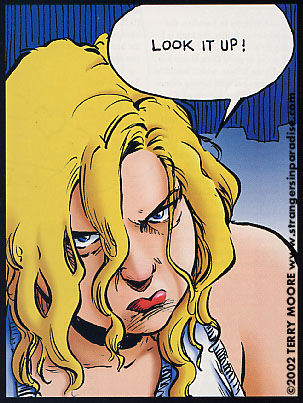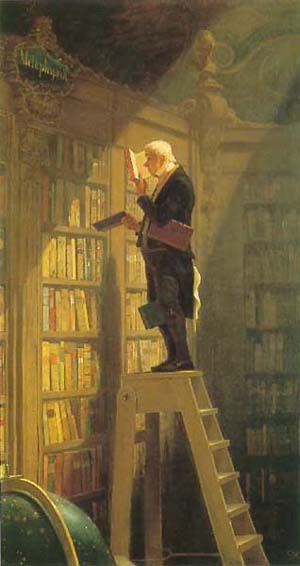 This author's debut work has been called an enchanting Goth for the 21st century, and I think that's a pretty apt description. Gothic literature, a style that was popular during the end of the 18th century and beginning of the 19th, portrayed fantastic tales that usually dealt with dark subjects. It was named apparently because of the influence of the dark gothic architecture on the genre. And in addition, many of these tales took place in such surroundings. They could combine elements of horror and romance, and are believed to have been invented by the English. I have always liked gothic literature, from the time that I discovered Poe's "Tell-Tale Heart" and Shelley's "Frankenstein", and have continued to read it off and on.
This author's debut work has been called an enchanting Goth for the 21st century, and I think that's a pretty apt description. Gothic literature, a style that was popular during the end of the 18th century and beginning of the 19th, portrayed fantastic tales that usually dealt with dark subjects. It was named apparently because of the influence of the dark gothic architecture on the genre. And in addition, many of these tales took place in such surroundings. They could combine elements of horror and romance, and are believed to have been invented by the English. I have always liked gothic literature, from the time that I discovered Poe's "Tell-Tale Heart" and Shelley's "Frankenstein", and have continued to read it off and on.I wanted to read this book because there is a love of reading, books, and stories that permeates and saturates it on every page. Let me quote a couple of passages to show you what I mean.
"There are times when the human face and body can express the yearning of the heart so accurately that you can, as they say, read them like a book."
"As one tends the graves of the dead, so I tend the books. I clean them, do minor repairs, keep them in good order. And every day I open a volume or two, read a few lines or pages, allow the voices of the forgotten dead to resonate inside my head. Do they sense it, these dead writers, when their books are read? Does a pinprick of light appear in their darkness? Is their soul stirred by the feather touch of another mind reading theirs? I do hope so. For it must be very lonely being dead."
"He removed the thermometer from my mouth, folded his arms and delivered his diagnosis. You are suffering from an ailment that afflicts ladies of romantic imagination. Symptoms include fainting, weariness, loss of appetite, low spirits...However, unlike the heroines of your favorite novels, your constitution has not been weakened by the privations of life in earlier, harsher centuries. No tuberculosis, no childhood polio, no unhygienic living conditions...I reached for the prescription. In a vigorous scrawl, he had inked: Sir Arthur Conan Doyle, The Case Book of Sherlock Holmes. Take ten pages, twice a day, till end of course."
The plot itself revolves around this love of a story well told. Vida Winter, England's most popular and reclusive writer, is dying. But before she dies, she wants to reveal the long-held secrets of her extraordinary life. She engages a young biographer, Margaret Lea, who has a few secrets of her own. This sets the stage for a multitude of plot twists and surprises that include ghosts, murder, and mayhem, and a wonderful tying up of loose ends at the end of the ride. Ms. Setterfield knows how to use the english language and her descriptive scenes remind me of a renaissance painter putting layer after layer on his canvas until just the right picture unfolds.
This is a haunting novel, rich in language, that will keep you guessing as you peel away the layers of the story. It will grab you and won't let go until the last shocking secret is revealed.









































2 comments:
Book Club will be fun. I loved the book, couldn't put it down.
Yes, it should be interesting. Though we certainly are all different. Joy's comment to me at the library was "Gee, she sure is wordy isn't she"...[her eloquent use of the language was one of the things I loved about the book!]
Post a Comment